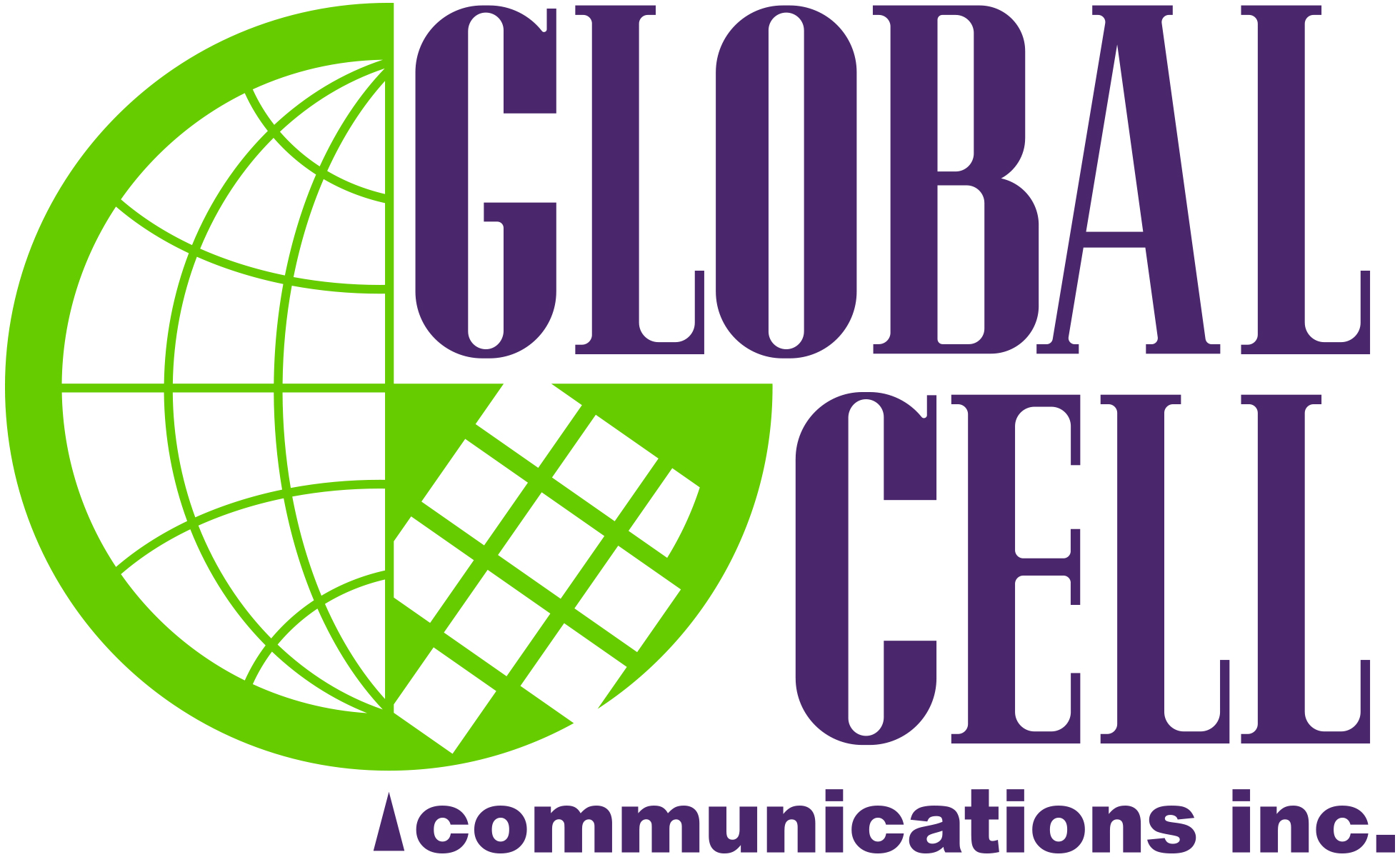Step into the future with the revolutionary 5G Network. It’s not just about speed; it’s about transforming how we connect and communicate. With lightning-fast downloads, ultra-low latency, and unparalleled reliability, 5G opens doors to innovations we’ve only dreamed of. Whether it’s unlocking the potential of IoT, enabling immersive AR experiences, or revolutionizing industries like healthcare and transportation, 5G is the backbone of tomorrow’s technology landscape. Embrace the endless possibilities and stay ahead of the curve with the transformative power of 5G.
As one generation of wireless communication technology continues to build on the previous one, new business opportunities and processes also begin to develop. The fifth generation of cellular data technology is here, how will it impact your business operations?
The Evolution of the 5G Network
Each generation of wireless mobile communication tends to focus on specific features or services to benefit the greatest number of users. Let’s take a closer look at each network generation to see how the 5G network came to be.
5G Network
That brings us to the emergence of the 5G network. Attention is still being given to high-quality data transmission for a high number of connected users. While this was the major focus of the 4G network, problems like overloaded networks and traffic bottlenecks were still a concern. In addition to improving user speed and capacity, the 5G network also aims to enhance operational efficiency for businesses with reduced latency and greater capability of the Internet of Things (IoT). IoT offers endless possibilities for businesses to automate repetitive processes, optimize efficiency, and perform high-function remote tasks with exceptional performance and security.
5G Focus: Higher speeds, enhanced network capacity, reduced latency, IoT functionality
1G
The first generation of mobile networks was introduced in Japan in 1979. The Nippon Telegraph and Telephone (NTT) in Tokyo launched the network, and it offered nationwide coverage by 1984. 1G networks were approved and implemented in the US in 1983. The first mobile network also appeared in Canada at that time but was only available in Alberta for use by the natural resource industry. The 1G network became available to the general public in Canada in 1986.
1G Focus: Implementation of mobile analog voice services
2G
The second generation of wireless communication was introduced in Finland in 1991. The launch of 2G saw the introduction of digital voice calls for higher quality and better security using data encryption. 2G networks also included the capability to send SMS text messages and even share images, sparking a worldwide revolution in digital communication.
2G Focus: Digital cellular voice services, SMS text messaging, very basic data services, roaming capabilities across networks
3G
The third generation first emerged in 2001 in Japan and sought to standardize vendor network protocols. 3G was all about improving and standardizing the transmission of data packets across the network. This led to the emergence of VoIP technology, enabling video conferencing and streaming capabilities.
3G Focus: Data transfer, international roaming, VoIP technology, video conferencing & streaming
4G
The mobile network’s fourth generation was introduced in Sweden and Norway in 2009 as the Long Term Evolution (LTE) 4G standard. 4G technology concentrates on delivering high-quality video streams for a large number of users simultaneously connected to the network.
The capacity for better-quality streaming was device-dependent, so users needed compatible TELUS phones to access the network. Transitioning from 2G to 3G was as easy as switching out a SIM card. However, changing to the 4G network required the purchase of a new device. This sparked the meteoric rise of industry giants like Apple and Samsung.
4G Focus: Faster and higher quality video and data streaming with unified standards and protocols
What business benefits does TELUS 5G Network technology offer?
The business opportunities for business on the TELUS 5G network are more plentiful than any generation of wireless communication has previously provided. Each generation sees a considerable boost in technological advantages, but the jump to 5G may be the biggest improvement yet.
Some of the impressive business benefits include:
- Exceptional speeds
- Enormous connection capacity
- Enhanced reliability
- Low latency
- IoT possibilities
Exceptional Speeds
5G networks plan to deliver 100 times the speeds current 4G networks are capable of delivering. With a limit of 100 Mbps available on 4G, 5G experts provide users with speeds up to 10 Gbps. Today, TELUS Smartphones, Apple iPhones, and Samsung Galaxy devices support 5G speed.
Enormous Device Capacity
Traffic bottlenecks and network overloads will become a thing of the past as the 5G networks deliver the capacity for around 500 times more devices than the 4G network is capable of connecting simultaneously.
Enhanced Reliability
Due to the wide range of frequencies to connect to on 5G networks, they offer tremendous reliability. This can minimize and even eliminate downtime for your business.
Low Latency
Businesses that rely on immediate response time for network processes will benefit immensely from the reduced latency of 5G networks. Latency refers to how long it takes to receive a response after a request is made on the network. 5G networks are expected to reduce lag time to virtually zero.
IoT
Connected devices and equipment require a fast and reliable network. IoT can be the next revolution in mobile data with the unlimited potential of billions of devices gathering and sharing data seamlessly over the network and around the world.
Conclusion
The TELUS 5G network provides fast speeds, so you can do more. Like stream videos, connect to thousands of devices, and get the lightning-fast speeds you need for good quality video calling which is provided by the new Telus 5G network.



